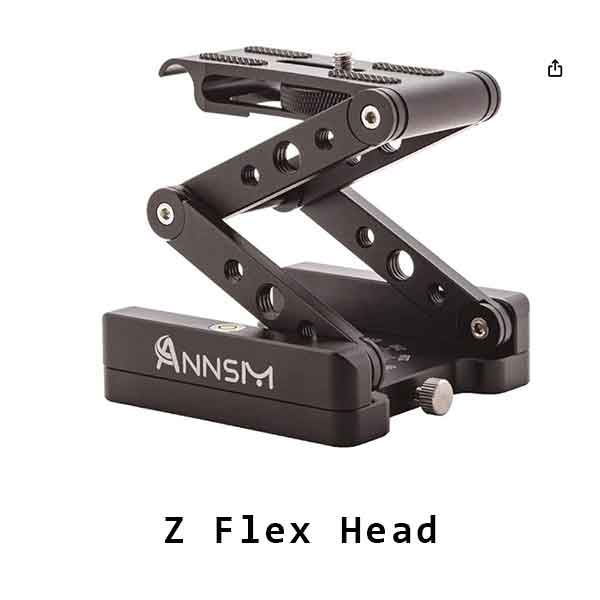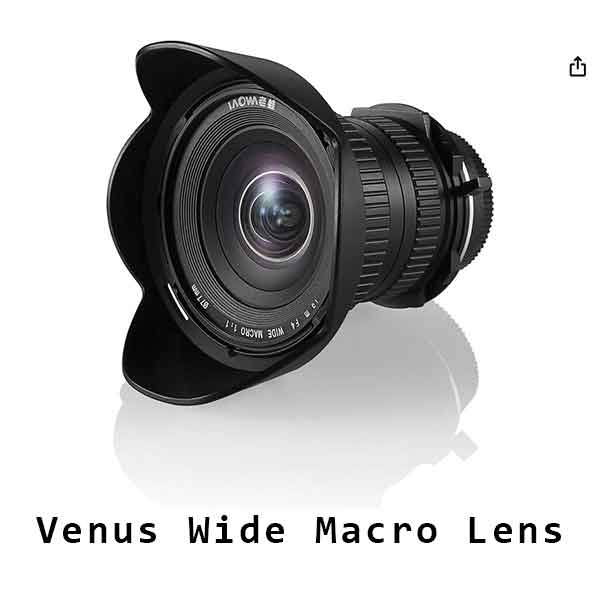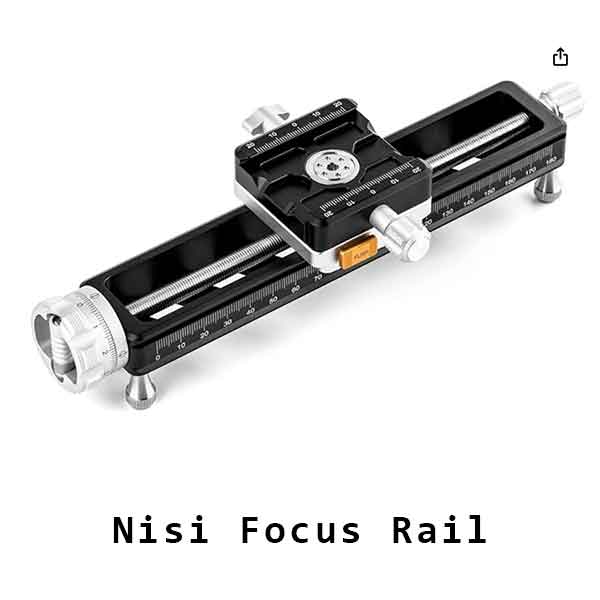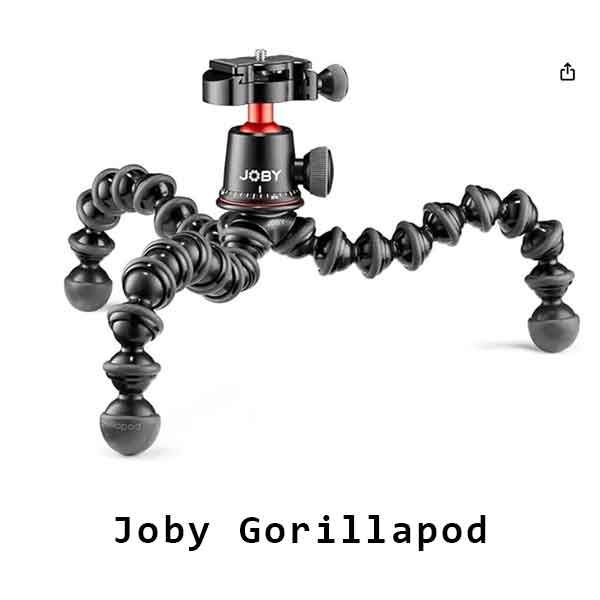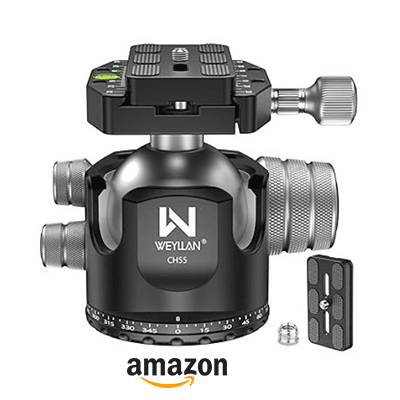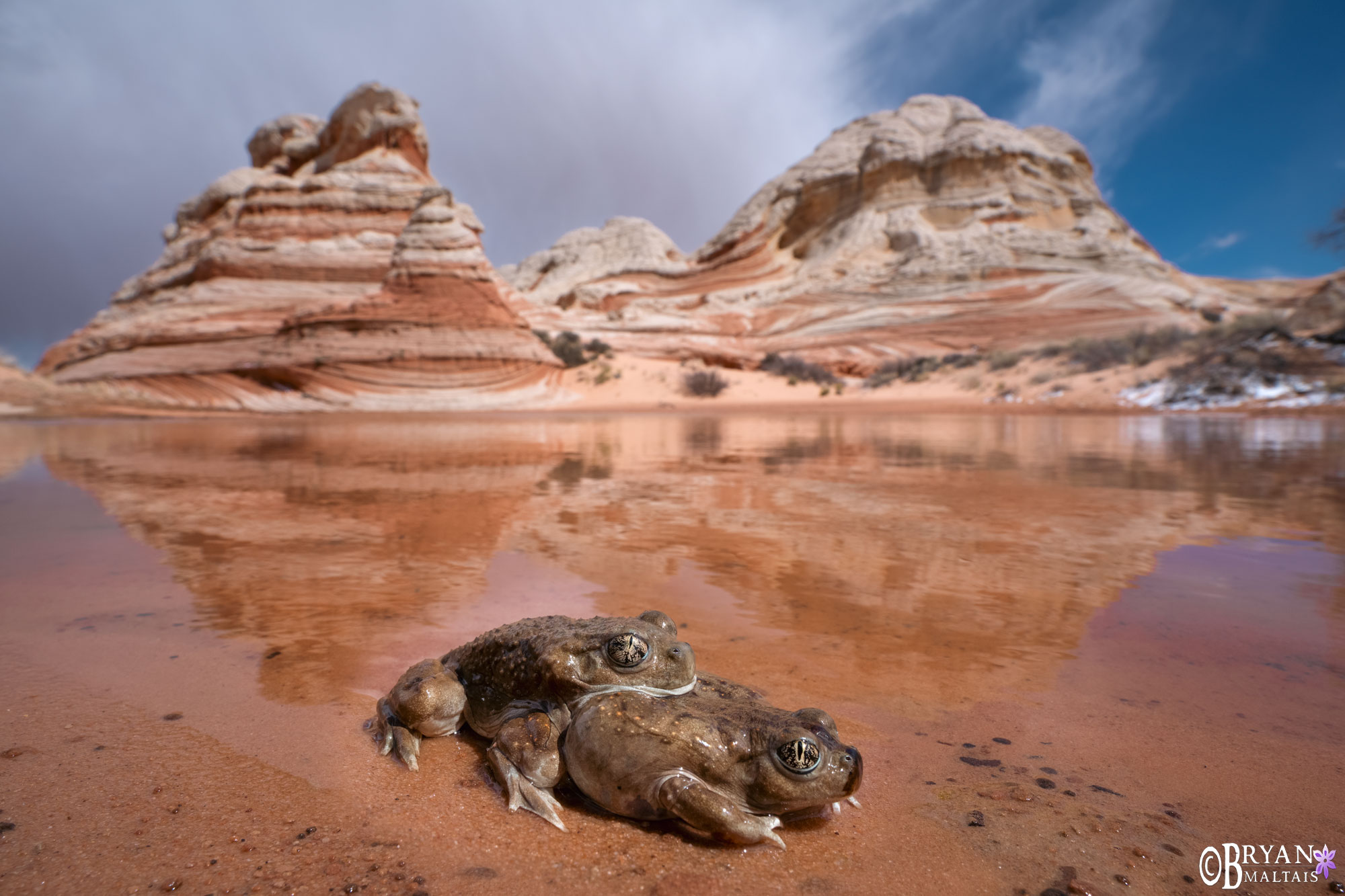
How to Shoot Wide-angle Macro Photography
Also called “in-situ” or “animal in its environment” photography, this genre uses a wide-angle lens to capture a subject in the foreground with its habitat in the background. Imagine a salamander perched on a rock with a rushing stream behind it. Or a mushroom on the forest floor with tall trees rising up behind it. These images can deliver a huge impact because they contain so much data about the organism’s ecology.
Because wide-angle lenses make everything smaller, a challenge is maintaining the subject’s size while not losing it in the environment. This is achieved by shooting the subject near the lens’ minimum focus distance. The larger the subject, the better this works. Subjects smaller than a frog are difficult to capture because they become too small in frame. The other trick is to use the highest focal length possible that still captures the background. In some cases it’s possible to go up to 50mm.
This blog contains Amazon affiliate links. Clicking on them and shopping on Amazon as you normally would supports this blog by generating small commissions.
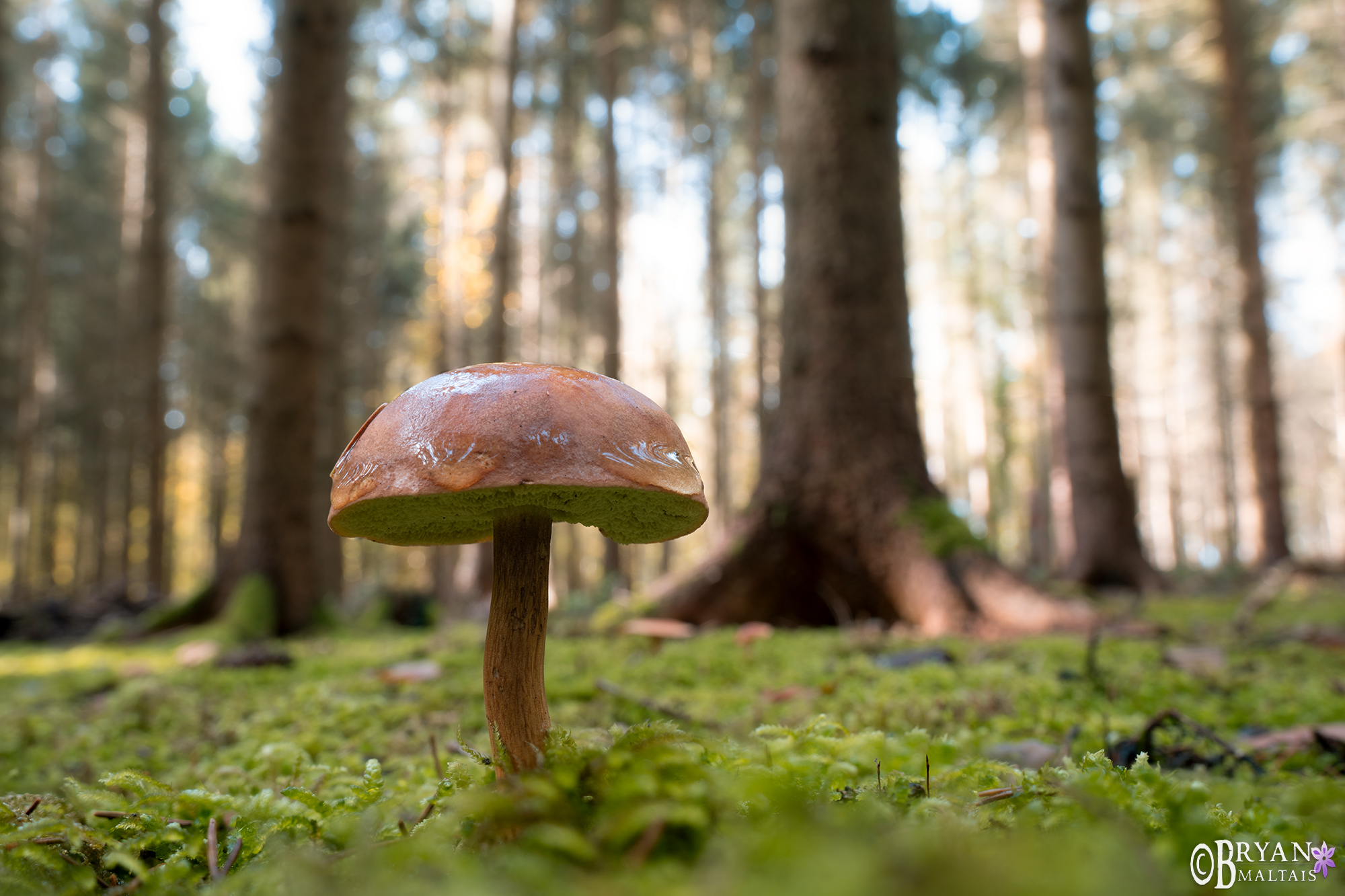 Sony A7rIV. Sony 16-35mm @ 34mm. f/11, ISO 100, 1/4 sec. During a wet autumn in the Spruce forests of Germany, I photographed an extraordinary emergence of mushrooms. I needed my camera positioned slightly beneath the mushrooms to show their gills while looking up at the forest trees. This required placing my camera directly on the ground and wedging twigs beneath the lens to fine-tune its angle.
Sony A7rIV. Sony 16-35mm @ 34mm. f/11, ISO 100, 1/4 sec. During a wet autumn in the Spruce forests of Germany, I photographed an extraordinary emergence of mushrooms. I needed my camera positioned slightly beneath the mushrooms to show their gills while looking up at the forest trees. This required placing my camera directly on the ground and wedging twigs beneath the lens to fine-tune its angle.
Achieving Depth of Field in Wide-angle Macro Photography
Achieving enough DOF to capture sufficient detail in both the subject and foreground is another challenge. Fortunately, as a lens’ field of view increases, so does DOF. This makes the wide-angle lenses well adapted for this genre. Shooting at a small f/stop like f/11 or f/16 can render good detail in the background. You should position the subject within the composition so that it doesn’t become lost in the background detail. This can be done by framing the subject on a surface with little detail, like a large rock or patch of ground, with the habitat in the upper part of the frame. Remember that on formats with small sensors, effective DOF increases and diffraction reduces image quality at small f/stops.
As with regular macro and wildlife photography, the ideal perspective is at eye level so the viewer can connect with the subject. Furthermore, shooting at an eye-level perspective is usually necessary to capture the animal’s habitat in the background. This often means getting your camera on or pretty close to the ground, which requires a beanbag or a small tripod with no center column like a Gorillapod.
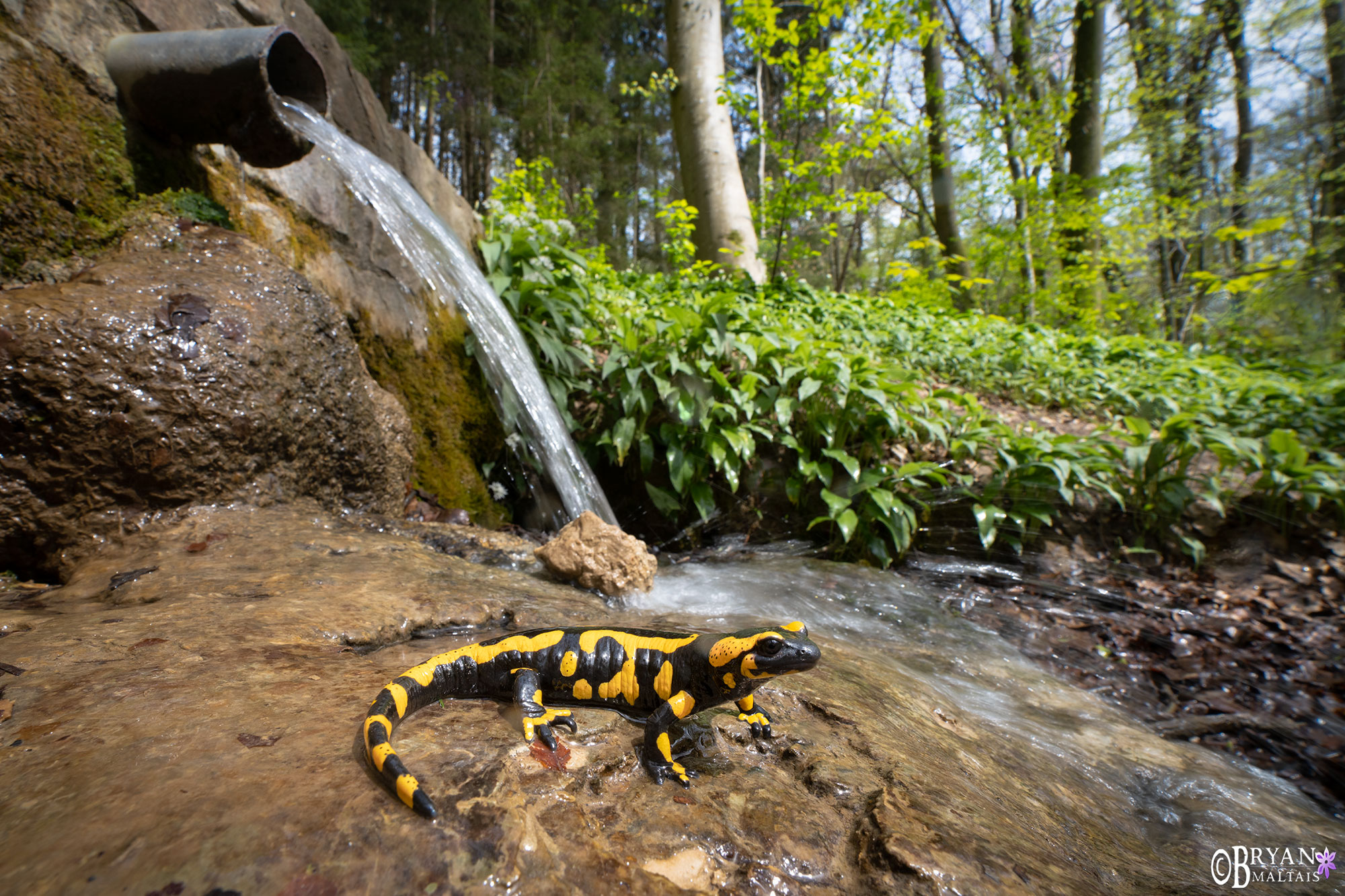 Sony A7rV. Sony 16-35mm @ 16mm. f/16, ISO 400, 1/60 sec. A Fire salamander in front of a natural forest spring in Baden-Württemberg, Germany.
Sony A7rV. Sony 16-35mm @ 16mm. f/16, ISO 400, 1/60 sec. A Fire salamander in front of a natural forest spring in Baden-Württemberg, Germany.
Focus Stacking for Wide-angle Macro Photography
Focus stacking is a powerful tool for wide-angle macro photography because it’s possible to capture every slice of the scene in crisp focus from front to back. It captures one photo for every plane of focus starting at the minimum focus distance and ending when infinity focus has been reached. The result is a batch of photos that are merged in stacking software that have 100% depth of field. In fact, the resulting image can actually render the background too sharp, where omitting the last few images can solve the problem. Ever more cameras include focus bracketing where the camera focuses on each plane and takes a shot automatically. If your camera doesn’t include this feature, it’s possible to manually focus the lens forward or use a focusing rail. For the images to perfectly align, the camera should be fixed, and the subject needs to sit still.
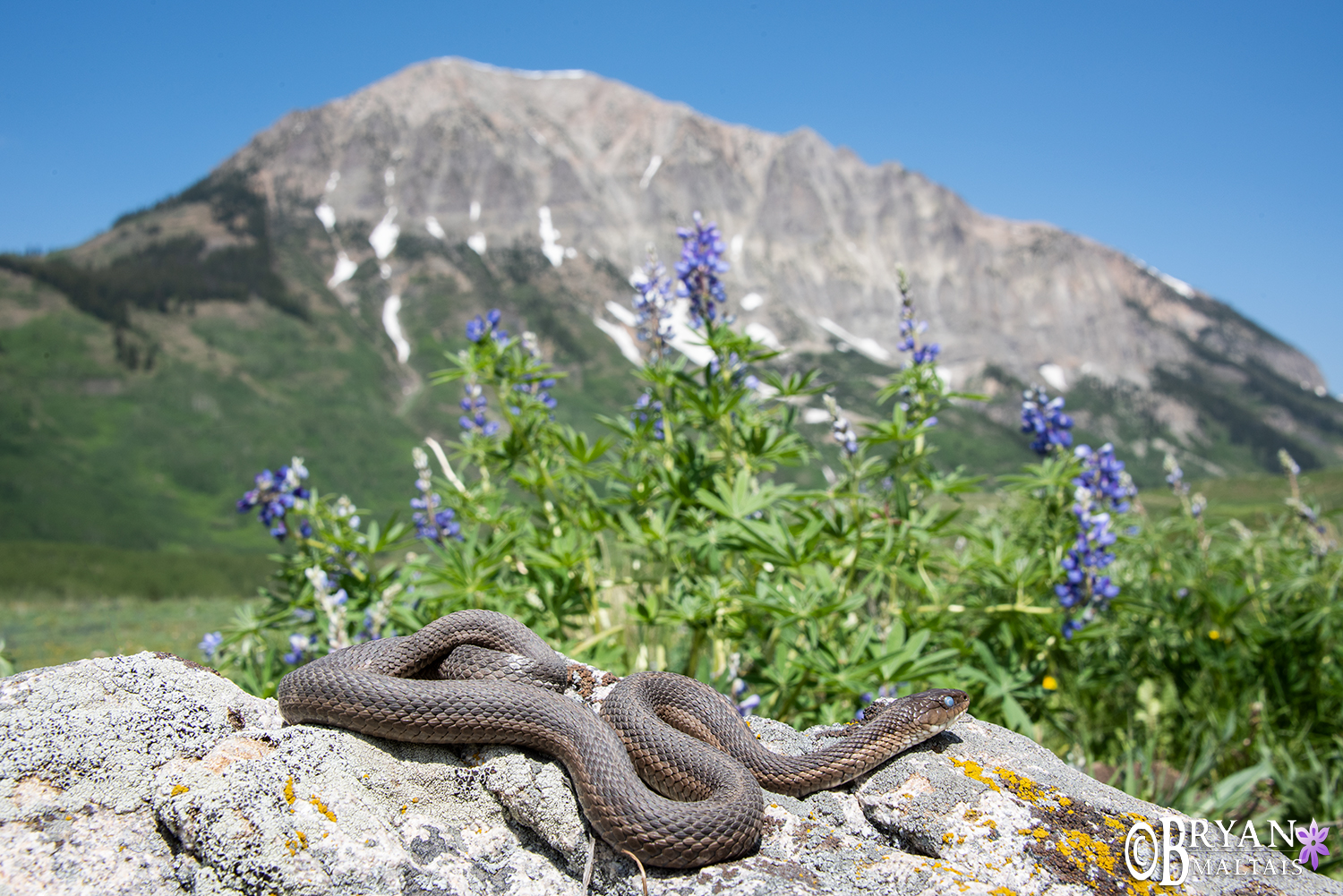 Nikon D810. Nikon 28-300mm @ 48mm. f/16, ISO 200, 1/125 sec. Garter Snake at a high wetland in Crested Butte, CO.
Nikon D810. Nikon 28-300mm @ 48mm. f/16, ISO 200, 1/125 sec. Garter Snake at a high wetland in Crested Butte, CO.
Choosing a Lens for Wide-angle Lens for Macro Photography
Focal lengths between 16mm and 35mm work best, and sometimes up to 50mm. If you could only have one lens, a 24-70mm zoom would be ideal. Minimum focus distance is the most important specification; the shorter the better because this increases subject size. Most kit lenses have poor MFD. If you happen to shoot with a micro four thirds system, many lenses have an impressively close MFD. Image stabilization is also a useful lens feature because you often have to hand-hold the camera for moving subjects and when a tripod won’t fit in the tight quarters of undergrowth.
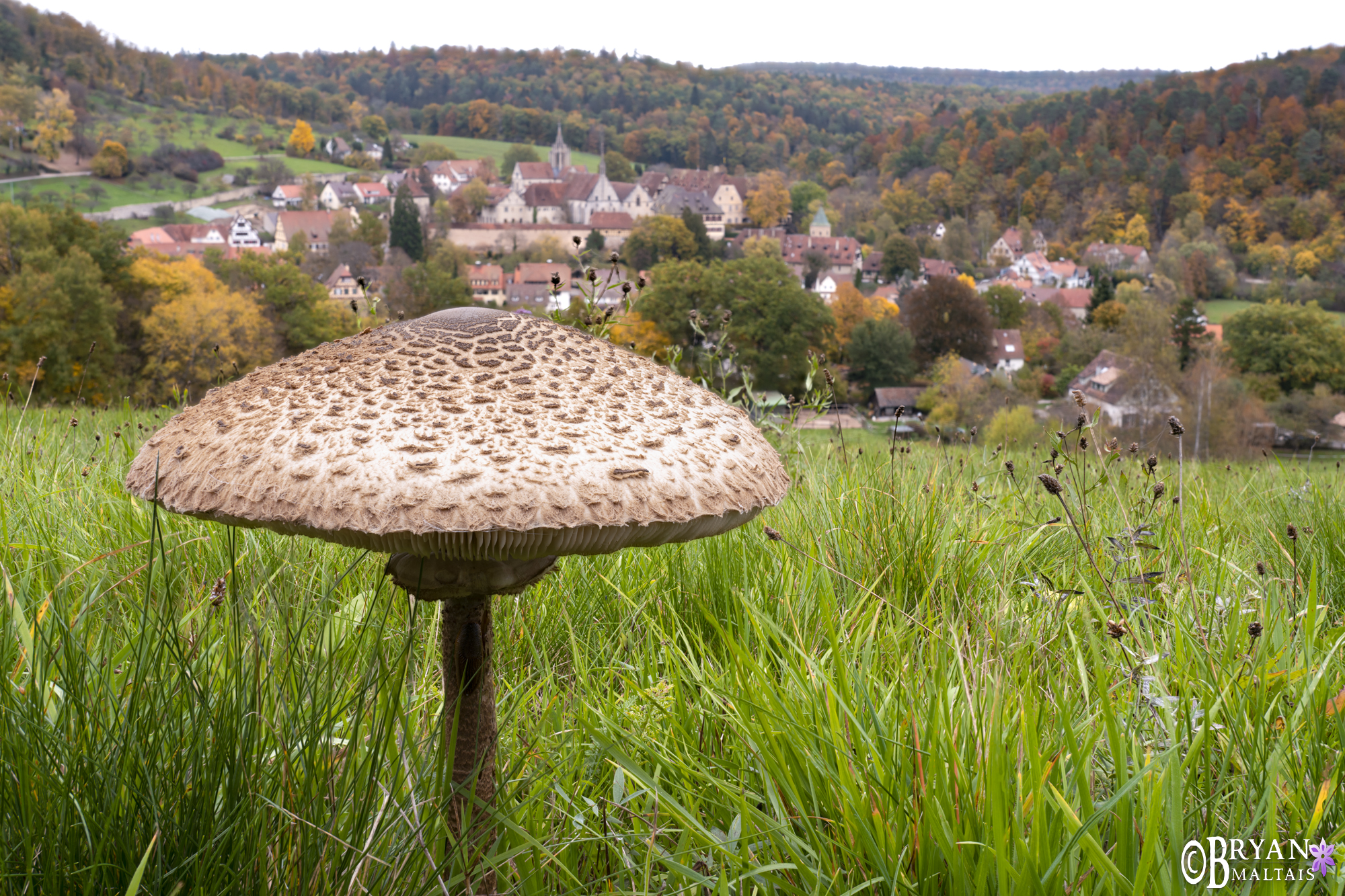 Sony A7rIV. Sony 24-105mm @ 37mm. f/11, 1/8 sec, ISO 100. Focus stack of 10 images. Parasol Mushroom in front of Bebenhausen, Germany.
Sony A7rIV. Sony 24-105mm @ 37mm. f/11, 1/8 sec, ISO 100. Focus stack of 10 images. Parasol Mushroom in front of Bebenhausen, Germany.
Extension Tubes
Adding a modest 7, 8 or 10mm extension tube to a wide-angle lens can significantly boost subject size, but you lose infinity focus. This renders the background permanently defocused. While this defeats the purpose in most compositions, it can still be useful if some elements in the background remain discernible.
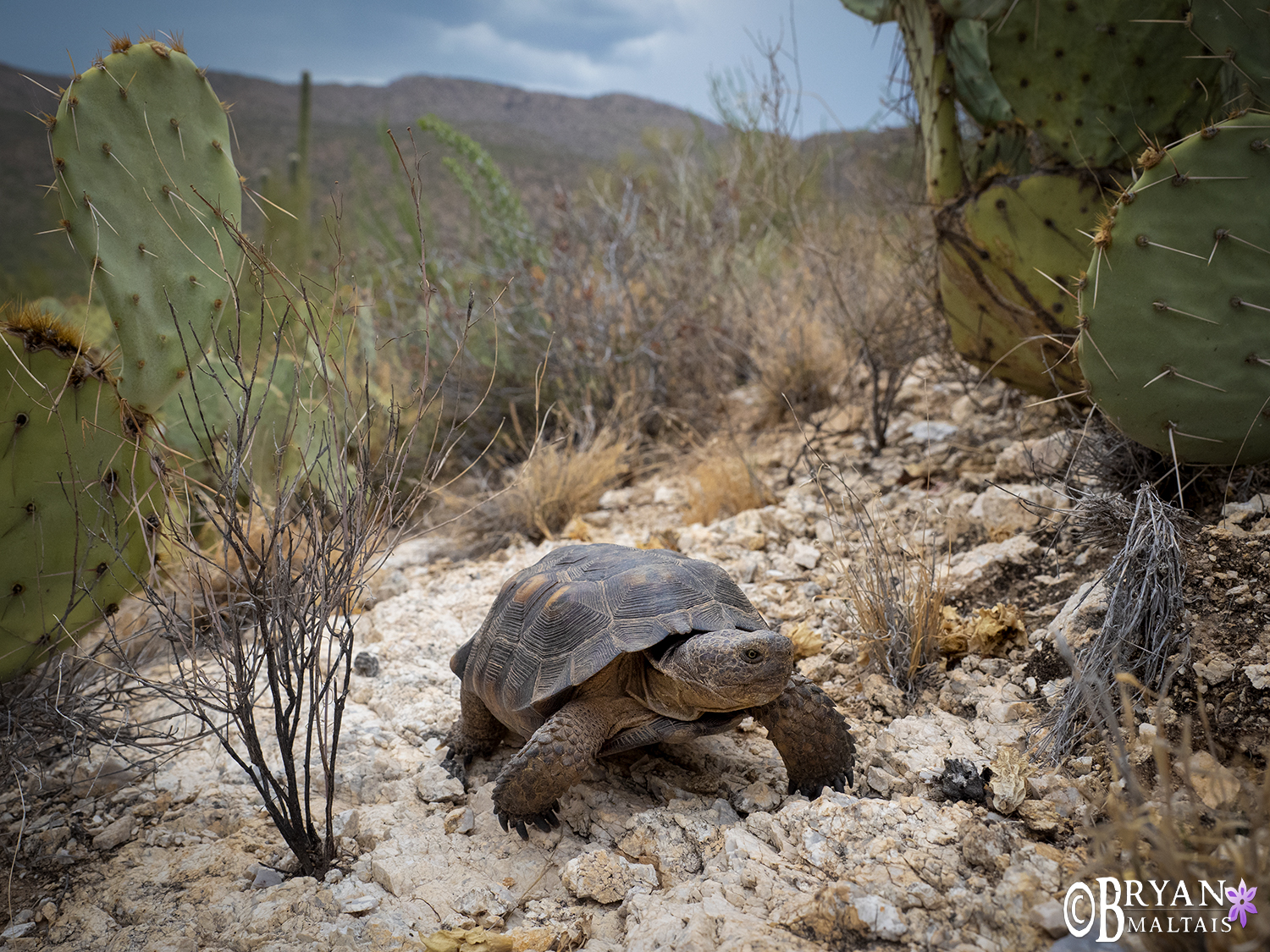 Olympus E-M5mk III, Olympus 12-40mm lens @ 17mm (34mm full-frame equivalent). f/5.6, 1320 sec, ISO 800. Desert Tortoise in the Sonora Desert near Tucson.
Olympus E-M5mk III, Olympus 12-40mm lens @ 17mm (34mm full-frame equivalent). f/5.6, 1320 sec, ISO 800. Desert Tortoise in the Sonora Desert near Tucson.
Dedicated Macro Wide-angle Lens
The Venus Laowa 15mm Wide-angle Macro lens exists specifically for this genre and is the only lens of its kind to date. It delivers 1:1 magnification, allowing even small subjects to appear relatively large compared to the background. The price to pay for this magic is that the subject must be 5mm from the lens to achieve full magnification, which can scare it off and cast a shadow on it.

